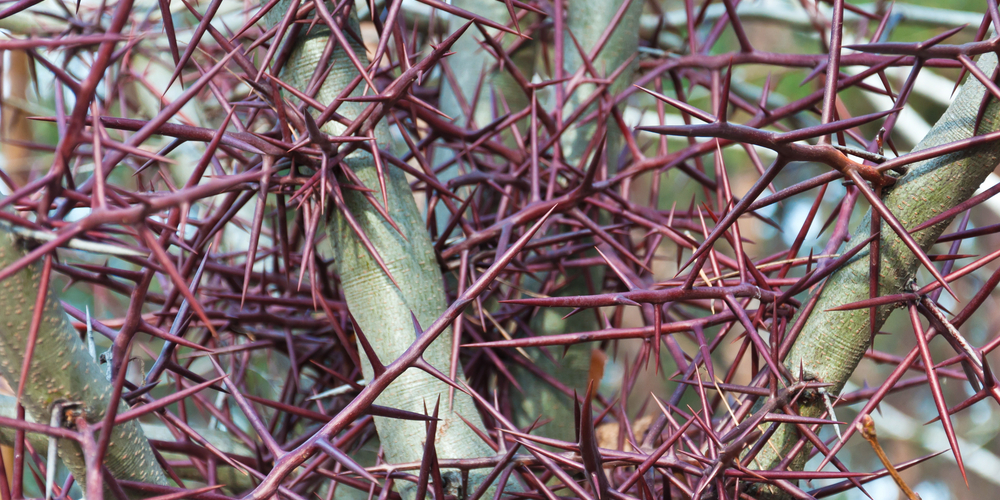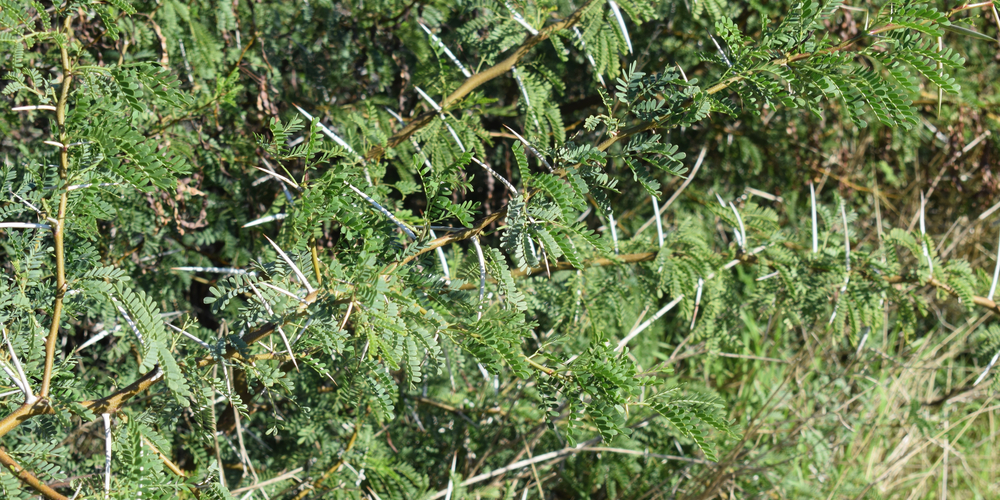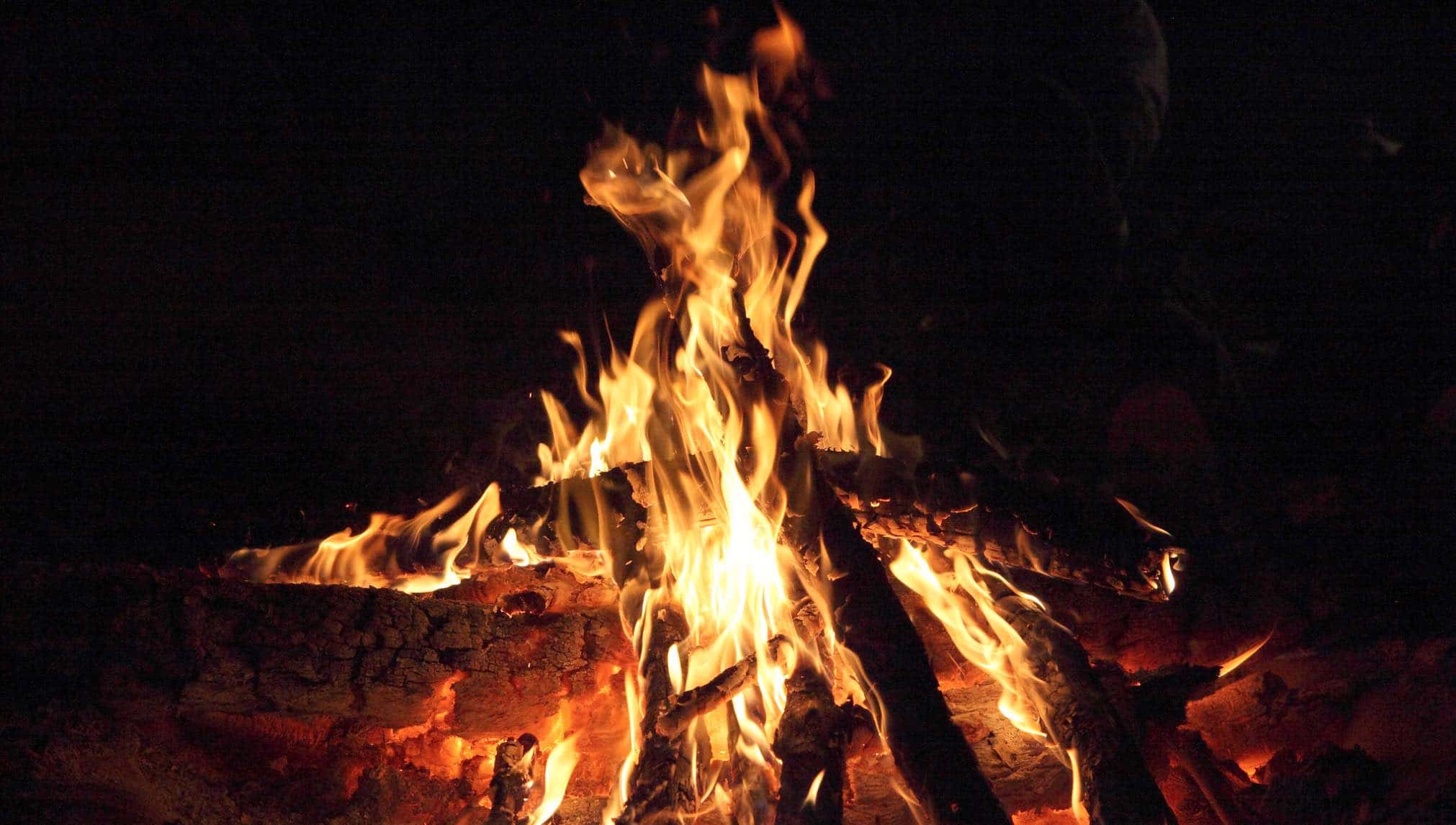The honey locust is most commonly known for its easily available access and use as a popular ornamental plant. However, did you know that you could also actually honey locust as firewood?
Although it is usually pretty easy to handle, sometimes worries arise when it comes to how well honey locust actually works as firewood. So here is everything you need to know about the honey locust and how good it is at being used as firewood.
What is the honey locust?
The honey locust is a plant that is also commonly known and referred to as the thorny locust or possibly thorny honey locust. It is a deciduous tree that is native to North America and can usually be seen growing in soil near certain aquatic bodies such as river banks.
Honey locust is easy to split and it remains durable when it is in contact with soil. Due to this, it has many uses such as creating fence posts, railroad ties, furniture and tool handles.
However, one of the best things you could possibly use honey locust for is firewood.
Effectiveness of honey locust for firewood
Honey locust can be considered a pretty effective firewood as it burns quite hot (it has a BTU of 26.7 million per cord) and gives off plenty of warmth.
Moreover, it creates red coals that are high in quality and amazingly efficient at cooking food, no matter whether you’re indoors and outdoors.
To add to this, honey locust is actually more dense than most other hardwoods. This means that it also produces and emits more heat than said hardwoods.
Key honey locust characteristics
Honey locust firewood does not have large creosote buildup. Creosote is a chemical that is produced when certain tars and plants are burned. This chemical is largely harmful to humans, especially if large amounts enter the system.
Creosote often causes unpleasant rashes and general skin irritation. Therefore, honey locust firewood only producing minimal amounts of this dangerous chemical ensures that our bodies stay healthy and function as they normally would, without having to deal with any inconveniences. It also means that this low amount of creosote makes honey locust firewood perfect for indoor use.
Moreover, honey locust firewood has a smaller smoke production. When compared to other types of firewood, the honey locust produces quite a decreased amount of smoke.
This is not only useful when it comes to using this firewood indoors but it also means that your lungs and eyes don’t get irritated as they usually would if they came in contact with large amounts of smoke.
Positives of burning honey locust
- First of all, honey locust firewood is the perfect choice for firewood due to its sufficient production of heat and its BTU of 26.7 million per cord
- Moreover, even though it is a pretty hard and dense wood, honey locust is actually still pretty easy to cut and split.
- In addition to this, it has a minimal creosote buildup which ensures that your health isn’t facing any harm and makes it perfect when it comes to indoor use of firewood.
- Furthermore, it is quite resistant to rot, especially when compared to softwoods. This means that it can last longer and be kept in your barn for a more increased period of time.
- To add to this, when it is compared to most softwoods, such as pine for example, honey locust produces much less smoke
Negatives of burning honey locust wood
- On the other hand, honey locust only has one use. This is because due to some of its properties it cannot be used as kindling wood.
- In addition to this, honey locust actually possesses quite dangerous thorns. These thorns are quite thick, long and sharp and could hurt and harm you if you are not very careful with handling the honey locust firewood.
Final thoughts
Overall, honey locust wood is actually the ideal wood. This is mainly because of the amount of heat it produces and how little creosote is created when it is used.
This being said, you should always be extremely cautious when handling honey locust firewood as its thorns could cause you to get hurt.
Related Article: Can You Burn Willow Wood?



